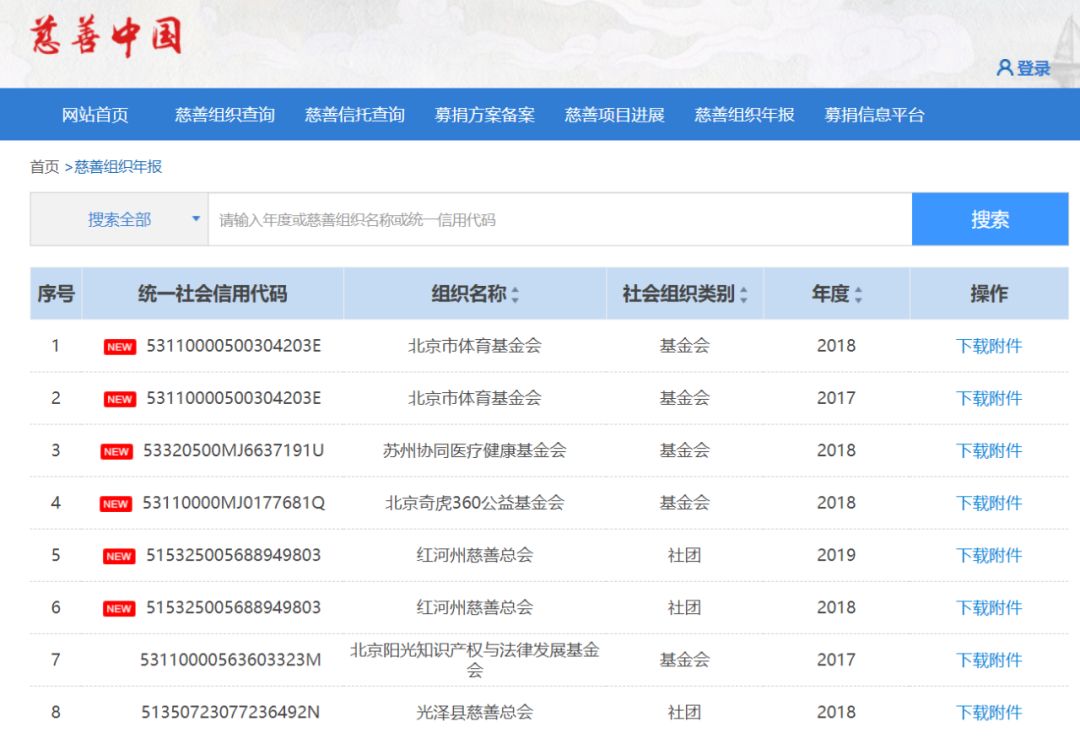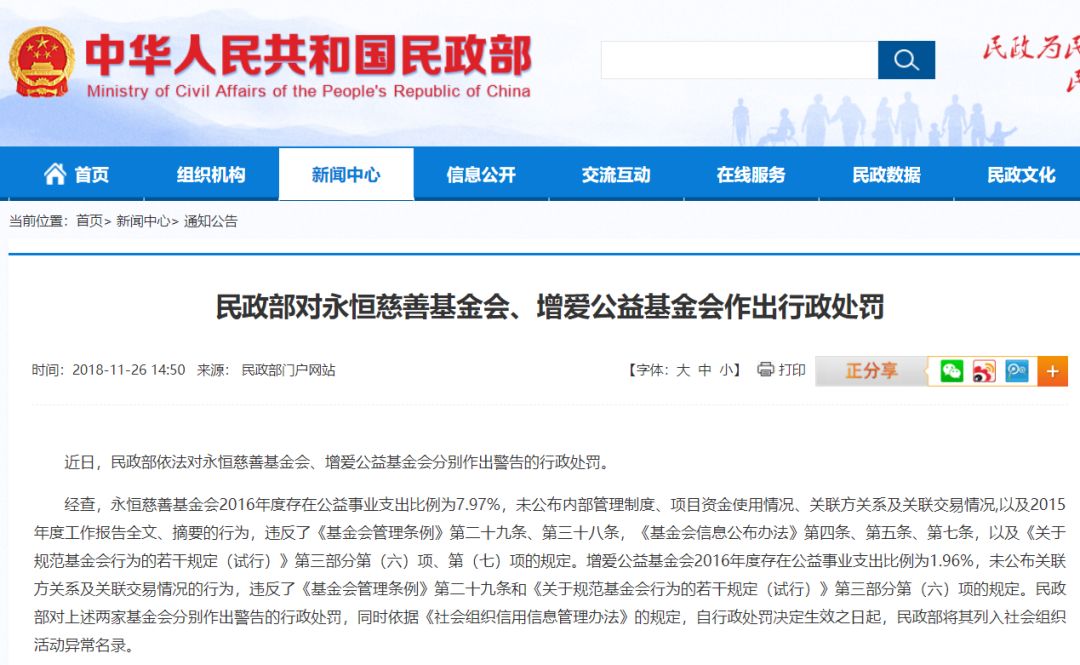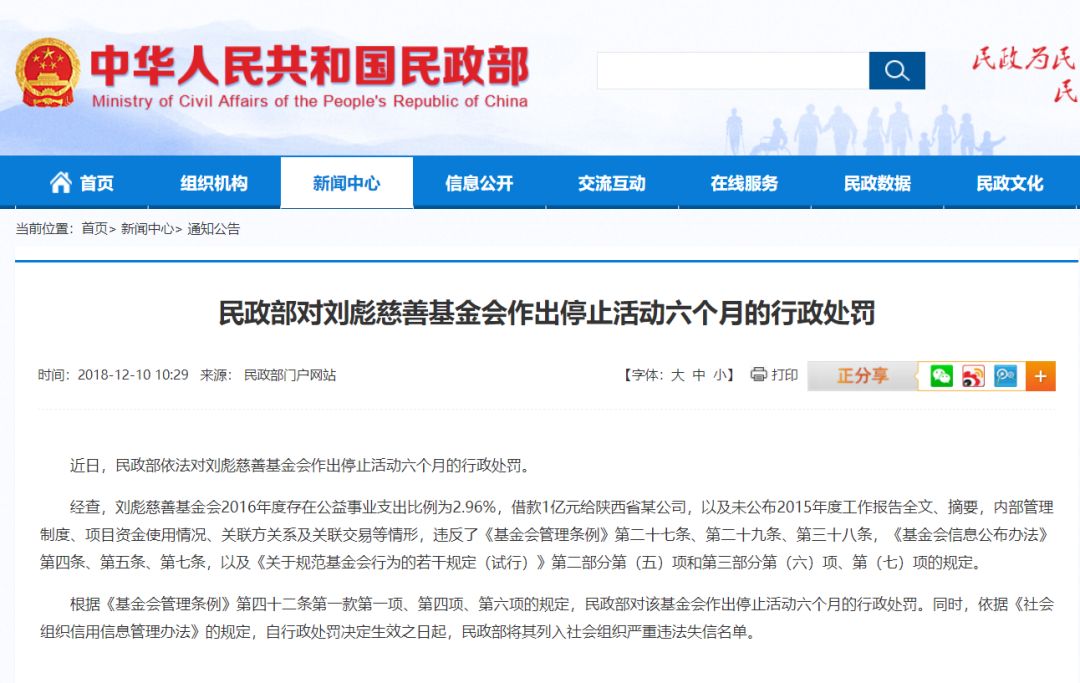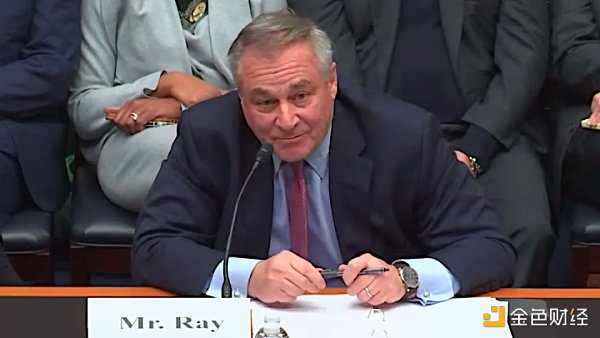Can Alipay use the blockchain to send your love to those who need it?
In the face of this more severe disaster than SARS, the glory of human nature shines, and the ugliness of human nature is even more disgusting.
People often discuss whether human nature is evil or human nature. From a practical point of view, this problem often has no results. In life, there are not only heroes who deny themselves, but also scums that hurt others and benefit oneself.
People are anxious for the scarcity of supplies on the front line, anxious for front-line doctors to fight barefoot without supplies, and anxious for the clear delivery of materials to Wuhan, why are there still no supplies?
- Scanning the data on the Bitcoin chain in January (below): Binance VS Huobi Double Giants
- Bitcoin breaks 10,000, Huaqiangbei mining machine dealers in the epidemic sigh
- Recovery in optimism? Crypto derivatives market is heating up
The greatest contribution that most people can make in this battle is to donate materials, but these life-saving materials can either be piled up in a warehouse of a certain society or left unused by the leaders. People often say that human life is off, but in some people's eyes we don't see the weight of human life. In some people's eyes, only their own lives are off, others' lives are insignificant.
The credibility of Chinese charities has been searched for by the waves of scandals. This has severely affected China's philanthropy in its infancy, and it has also lost countless people who should be rescued.
Every time the love of the public is disappointed, countless people who should be rescued have lost their chances. This may be the hope of a life or even a family.
Those who are often deceived and hurt will someday learn to protect themselves with indifference.
First, the initial stage of charity
China's philanthropy is still in its infancy and has vast space. Data show that in 2016 China's social donations amounted to approximately 134.6 billion, accounting for approximately 0.18% of China's total GDP in 2016. In 2016, US charitable donations were approximately $ 390.05 billion, accounting for approximately 2.16% of total US GDP in 2016.
The latest data shows that China received a total of 143.915 billion yuan in domestic and foreign donations in 2018, a slight decrease of 4.05% compared with 2017, and the donation amount accounted for 0.16% of the total GDP. From the perspective of the proportion, there is still a slight increase compared with 2016. decline. Although the situation between China and the United States is quite different, the United States donates nearly 30% of its donations to the field of religion, but in general, China's philanthropy is indeed in its infancy.
However, the scandal that broke out in China's philanthropy has seriously damaged the public's philanthropic enthusiasm and reduced the credibility of charities. In this epidemic, some charities were unprofessional, unprofessional, disrespectful, inflexible, leading priority, etc. It is even more inappropriate, incompetent and bureaucratic because of the critical moment of the epidemic.
Chinese people's trust in charities has once again been irreparably damaged.
In the development of China's philanthropy, the most important issue is transparency. The flow of funds is opaque. The disclosure of financial information is also extremely lacking. There is a de facto gap in the supervision of charities in China, which has caused "Guomeimei" and sky-high prices. Tents, misappropriation, etc.
In 2017, the official information publicity platform "Charity China" was launched, used by charities, trustees of trustees and other participants to disclose charitable information to the public, but it is only an information display platform and has no substantial supervision role.

2. Difficulties in Charity Supervision
According to the “2018 China Charity Donation Report”, as of the end of 2018, there were a total of 7,034 foundations registered with the Ministry of Civil Affairs, a year-on-year increase of 11.53%, of which 1925 and 5109 were public and non-public foundations, respectively.

Data source: China Charity Donation Report 2018
From an international perspective, the supervision of charitable organizations by charitable organizations is divided into three major areas: registration, information collection and publicity of charitable organizations; guidance and services of charitable organizations; supervision and investigation of violations of charitable legal acts.
Chinese charities are under the supervision of the Ministry of Civil Affairs. At present, registration of charities is better, and information collection and publicity platforms have also been established, which are the information publicity platforms of "Charity China" mentioned above.
The supervision, investigation and punishment of violations of charitable laws are internationally difficult in charity supervision. This is also true in China.
Judging from the punishment cases of the Ministry of Civil Affairs, most of them are also punished at the level of information disclosure. I have not seen the supervision, investigation and punishment of specific behaviors in charity. However, the lack of this supervision has led to a large number of charitable organizations. The scandal exploded, prompting questions from the public, and the credibility of charities was quickly overdrawn.


From a practical point of view, in the short term, there is not much hope for the supervision of China's philanthropy through the legal system. The supervision of specific matters of philanthropy needs to wait for the improvement of the supervision system.
So what else can we do?
Third, the transparency of charity
The issue of transparency in philanthropy based on regulatory problems is the biggest obstacle to the development of philanthropy in China. The public's enthusiasm for philanthropy is sufficient, and the public's love is abundant, but people who are often deceived and hurt will someday Protect yourself with indifference.
Because the regulatory gap in specific matters is easy to get lost, the transparency of traditional charities is a mystery, except that the published annual report is particularly excessive and it is difficult for the civil affairs department to know, which has given many institutions a black box operation. space.
In recent years, Internet fundraising platforms dominated by Internet giants have developed rapidly. Throughout 2018, 20 online fundraising platforms issued 21,000 fundraising information for more than 1,400 public fundraising charities. Internet users clicked, followed and participated in more than 8.46 billion people. The total amount of donations raised exceeded 3.17 billion yuan, a year-on-year increase of 26.8%. Tencent Public Welfare, Ant Financial, and Alibaba Public Welfare have become the three most fundraising platforms for charitable organizations, raising 1.725 billion yuan, 670 million yuan, and 440 million yuan respectively.
Based on everyone's trust in Ali and Tencent, as well as a large number of user bases, relying on the rapid development momentum of Ali and Tencent's public welfare platforms, Ali combined the charity and games through Alipay to create "Ant Forest" and "Ant Manor" "While products that are widely welcomed, give charitable acts a unique interest, and make great contributions to the cultivation of young people's charity awareness.
The public trusts online fundraising platforms such as Ali and Tencent. It is only a platform to help charitable organizations to raise funds. The use of funds raised is carried out through individual charities.
"Ant Financial Service Platform 2018 Operation Report" shows:
The Ant blockchain developed by Ant Financial has been integrated into all aspects of the Ali system, but on the online fundraising platform, the Ant blockchain can record only the information in the Ali system, and the funds donated by users will eventually flow into the fund In the account of the club, how the foundation used the funds, Ali could do nothing, and the blockchain could do nothing.
This brings us back to the regulatory difficulties mentioned above. There is basically no supervision on how specific fundraising funds are used. There is too much room for it.
So answer a question: Can Alipay use the blockchain to send your love to those who need it?
The answer is: not necessarily.
Many businesses in the Ali system use blockchain technology. The four major scenarios of finance, living, retail, and general use cover most of Ali's business system. The combination of blockchain and charity is considered to have broad space.

Picture source: "Alibaba, Tencent, Baidu blockchain landing case competition, who is weak and who is strong? 》
But from a practical point of view, Ali uses blockchain technology, and it seems that it does not solve the problem of transparency in philanthropy. Is there no solution to the problem of transparency in philanthropy?
Is there no hope for blockchain + charity with high hopes?
Can the blockchain give a solution?
First of all, if all the information is transferred on the blockchain, every step of the capital / materials transfer is on-chain and stored, which will undoubtedly increase the transparency of charity.
Blockchain is a machine that creates trust. All operations in the blockchain world are open and transparent and cannot be tampered with, so it is naturally trustworthy. This is the origin of the trust machine.
Construct a charity donation system based on the blockchain, and all key information will be stored on the chain for certification, so that the flow of each fund is traceable and cannot be tampered with.
In this way, the information on the chain is transparent and traceable.
But that alone is not enough.
Can the information on the chain ensure the transparency of philanthropy? Will there be charities on the chain to find people to jointly cheat? Can the chain guarantee that there will not be any “sweeping donations” like “dropping chips”? Can the information on the chain be fake? Can the chain really allow the public's love to give to those in need?
The chain itself has improved transparency, but who can guarantee the authenticity of the information on the chain?
There are preconditions for creating trust in the blockchain. It must be in the blockchain world. The real world has huge amounts of information, and it is difficult to distinguish between true and false. Who can guarantee that the information on the chain is true? If the source of the on-chain information is false, how can it create trust?
For example, the information on the conference donated 3,000 N95 masks to a hospital, but in fact, the hospital said that it did not receive it. The information was recorded on the blockchain, but the information recorded by the blockchain cannot be guaranteed to be reliable. .
Therefore, the blockchain can naturally create trust, which is untenable in the real world. If there is no reason for a false information, it will become real when you are on the chain, and you can trust it. This is ridiculous.
So how to make the blockchain connect the real world and create trust at the same time?
The blockchain industry has always talked about decentralization, which means that it can't be a center. It is difficult to avoid the possibility of evil. For example, a mine accident occurred in a certain place, but for various benefits, concealment was reported. Due to the power of others, there is no other way for the others, and it is difficult for the central government to check the true situation. This is the disadvantage of centralization and evil.
However, in reality, it is extremely difficult to achieve decentralization, and it is not necessarily better. The efficiency advantages of central institutions cannot be erased. In the field of serious information asymmetry, the existence of centralized intermediary institutions is necessary.
For example, letting depositors find their own lenders and assume all risks is undoubtedly inefficient and risky.
In practice, the pursuit of absolute decentralization is basically unrealistic. More should be the pursuit of multi-centralization and small centralization. The characteristics of the distributed ledger of the blockchain are used to realize the mutual supervision of multiple central nodes. The reliability of the on-chain information, thereby improving the transparency of charity as a whole.
The following is a simple outline of a charity donation system based on blockchain through simulation. It has not discussed the feasibility of operations with professionals in the industry, but only serves as a collision of ideas:
1. Construct a charitable donation system based on the blockchain. Each transfer of funds based on the blockchain system can be queried, and the account to which the funds ultimately flow can be confirmed.
2. Every user in the system must have a real name. In order to protect privacy, real name information may not be open to everyone, but real name authentication must be performed to ensure the traceability of capital flow;
3. Establish a professional third-party due diligence team (theoretically, the due diligence institution should have sufficient credit endorsement), not affiliated with any charitable organization, and theoretically can do the best for any institution that needs to be duly adjusted, The results of the due diligence are used as the basis for determining whether to meet the conditions for obtaining donations. After removing the information that should not be published, it will be publicized and the complete due diligence data will be encrypted and archived;
4. Every recipient of charity / materials should feedback the receipt, publicize the picture as much as possible if there is a picture of the recipient, remove the private information that is not suitable for publication, and display it publicly. The source file is encrypted and archived;
5. Randomly introduce different design agencies, regularly audit and publicize charities and due diligence agencies;
6. The recipient can make an evaluation on the project display publicity page, and the public can also query the publicity information. If there is any doubt, they can feedback or verify it by themselves. The feedback information will be pushed to the charity organization, the due diligence team, and the audit agency. , Handled by relevant personnel;
7. The civil affairs department has all enquiry authority. In addition to the normal supervision of charities in accordance with relevant regulations, it has supervisory authority for points that are in doubt during the operation of the business. It has strong authority to deal with matters that cannot be clearly explained by relevant agencies.
In this way, through the introduction of multi-party related central nodes, a multi-center that is independent and constrained is formed. No one can operate arbitrarily without supervision, thereby forming a good constraint mechanism for charitable organizations and being able to supervise through socialization. By reducing the regulatory pressure on specific issues, regulators can better carry out top-level design and macro guidance.
Of course, the professional issues of charity organizations also need to be taken seriously. To improve their professionalism, they can continuously improve their efficiency. This time, the material piled up in a certain meeting does not have the ability to perform the basic inventory, classification, and organization. It has to be said that there is still room for professional improvement. It's huge.
I hope that China's philanthropy will be transparent as soon as possible, instead of consuming the public's charitable enthusiasm, and hope that the public will not use indifference to protect their kind heart.
Natural disasters are ruthless, there is love on earth, and charity is evergreen.
I hope we can overcome the epidemic as soon as possible and weather the crisis.
References:
1. He Fei, Fu Jiyu. Design of charity donation system based on blockchain technology. 2017
2.2018 China Charity Donation Report
3. How is the annual donation statistics in the United States calculated?
4. Li Qi, Li Bo, and Zhu Jianming. Charity application models and platforms based on blockchain technology.2017
5. Li Zhenghui. International Comparison and Enlightenment of Charity Organization Supervisors. 2016
6.Ant Financial Service Charity Platform 2018 Operation Report
7, Ali, Tencent, Baidu blockchain landing case competition, who is weak who is strong?
-END-
statement: This article is the author's independent opinion, does not represent the position of the Blockchain Research Institute (public account), nor does it constitute any investment opinions or suggestions , the source network of pictures .
We will continue to update Blocking; if you have any questions or suggestions, please contact us!
Was this article helpful?
93 out of 132 found this helpful
Related articles
- "The Secret History of Bitcoin": Who is the largest Bitcoin holder?
- Data behind the seven major production-reducing coins: the average price of coins rose by 143%, and the mining revenue rose by an average of 77%
- Data behind the seven production-reducing coins: the average price of coins rose by 143%, and the mining revenue rose by an average of 77%
- When the epidemic strikes and companies are blocked, what can the blockchain do?
- Bitcoin detonated the market, but left too many "irrational" designs?
- Canaan Technology surged over 80% to close at $ 8.04
- Flexible policies can encourage innovation, an interview with Hester Peirce, a "crypto old godmother"






